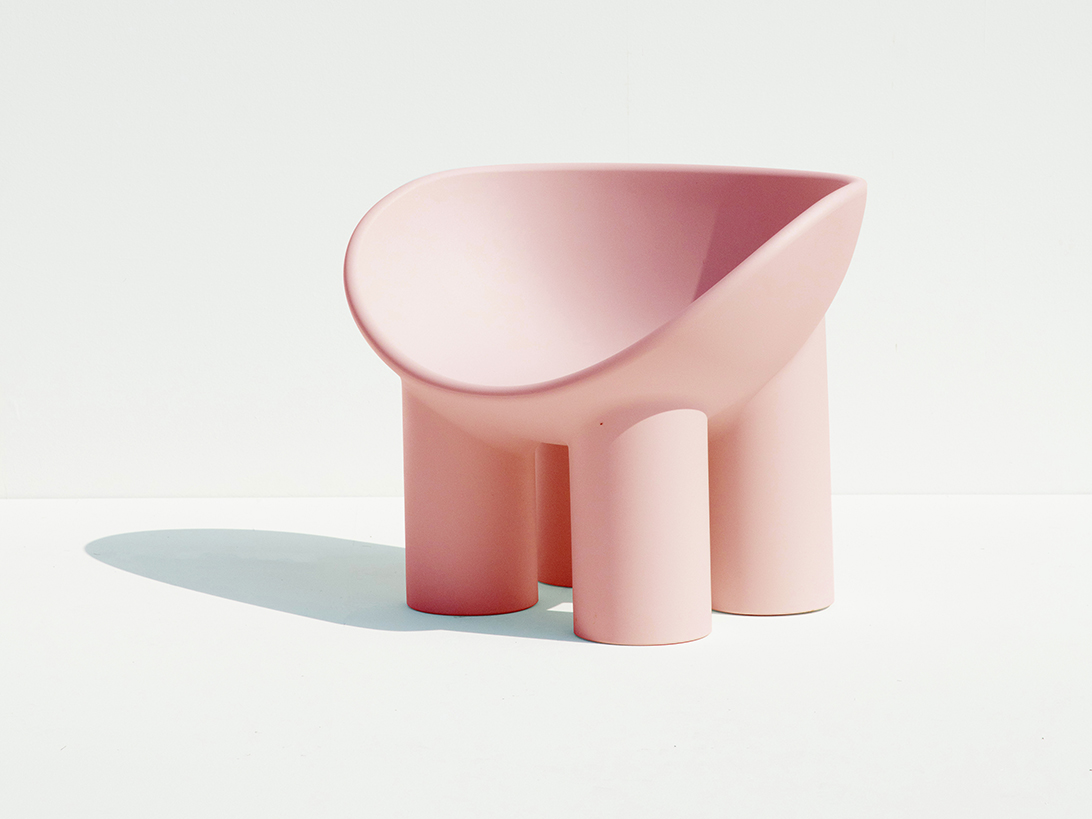xcelsior izmanto sīkdatnes (“cookies”), lai veidotu šo mājas lapu ērtāku jūsu lietošanai. Sīkdatnes ir anonīmi dati, kas nesatur privāto informāciju. Uzzināt vairāk
✕| 30. June, 2021 |
| All posts |
| Previous post: Nature-friendly outdoor lighting |
| Next post: xcelsior laiktelpa |
Chair – a design trophy
The chair performs a rather simple function, but its symbolic meaning has long been associated with the hierarchies of society. When you get a job, you "take the chair" and you can also lose it. The king always looks down to his servants from his throne, but the head of any structure is also its "chairman".
When it comes to design icons, the chair is perhaps the most iconic piece of furniture. Over time, it has taken on a variety of shapes, styles and constructions, but our relationship with the chair is always personal. "A chair is a very difficult object. A skyscraper is almost easier,” said architect Ludwig Mies van der Roe.
Michael Thonet
1859
Thonet
The famous coffee house chair is an icon and considered the most successful mass-produced product in the world to date: it initiated the history of modern furniture. The basis was a new technique – the bending of solid wood – that Michael Thonet developed and perfected during the 1850s, and it was the first time serial furniture production was possible. And then there was an ingenious distribution model: 36 disassembled chairs could be packed into a one cubic metre box, shipped throughout the world and then assembled on site. With its clear, reduced aesthetics, this classic has been used in a wide variety of settings for more than 150 years.
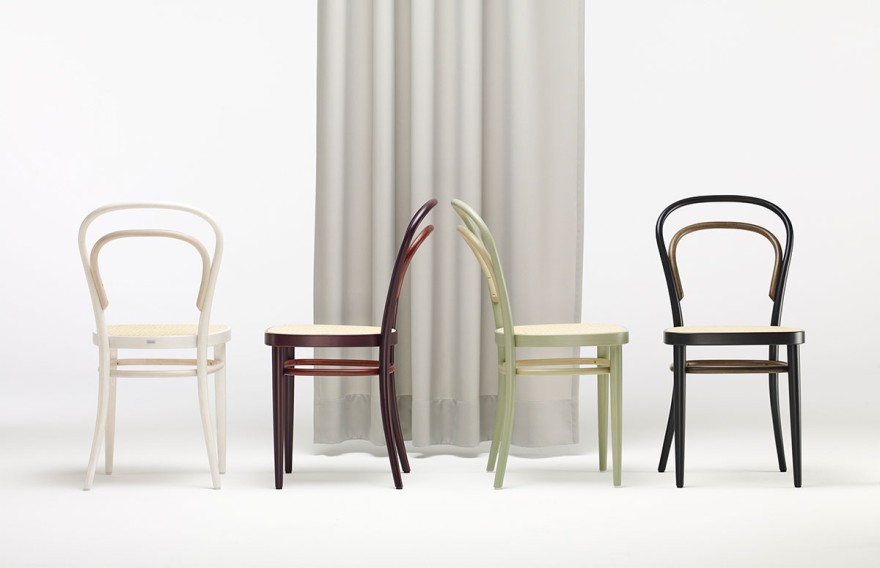
Marcel Breuer
1925
Knoll
Inspired by the frame of a bicycle and influenced by the constructivist theories of the De Stjil movement, Marcel Breuer was still an apprentice at the Bauhaus when he reduced the classic club chair to its elemental lines and planes, forever changing the course of furniture design.
In an interview with a Knoll historian, Marcel Breuer described how he came to begin experimenting with bent tubular steel while at the Bauhaus: “I started to think about steel tubes which are bent into frames—probably that is the material you could use for an elastic and transparent chair. Typically, I was very much engaged with the transparency of the form. That is how the first chair was made…I realized that the bending had to go further. It should only be bent with no points of welding on it so it could also be chromed in parts and put together. That is how the first Wassily was born. I was myself somewhat afraid of criticism. I didn’t tell anyone I was doing these experiments actually. [Wassily] Kandinsky, who came by chance to my studio when the first chair was brought in, said, “What’s this?” He was very interested and then the Bauhaus got very interested in it. A year later, I had furnished the whole Bauhaus with this furniture.”
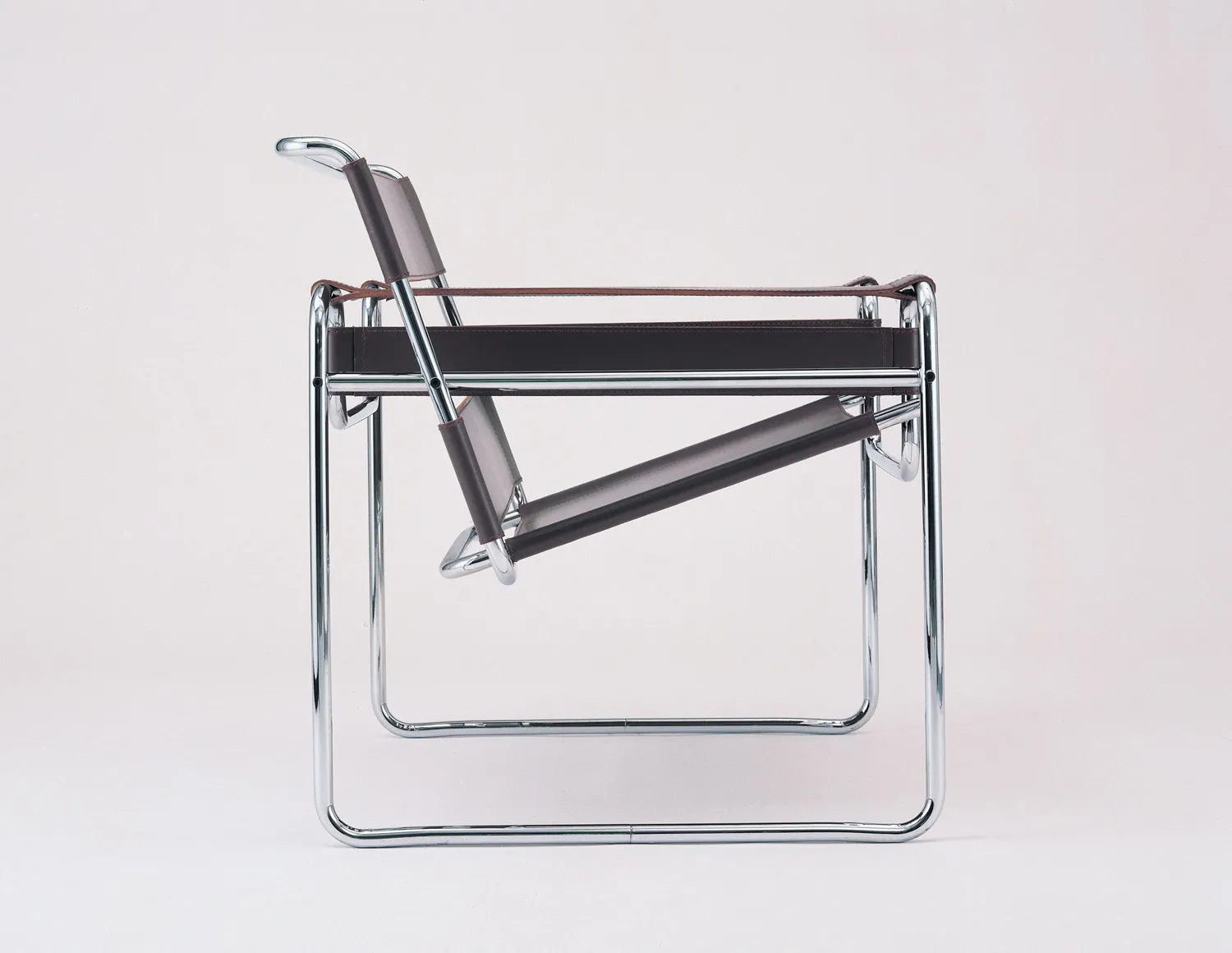
Le Corbusier, Pierre Jeanneret, Charlotte Perriand
1928
Cassina
Timeless, unique, and profoundly authentic, the LC2 armchair has played a role in the history of furniture design, becoming a worldwide icon. Created to enhance conversation, this armchair was exhibited at the Salon d’Automne in Paris in 1929, as an archetype of the modern conception of furniture, dubbed “domestic equipment” by its creators. The separation of metal frame from upholstery expresses the Rationalist approach, this same separation responds to the logic of industrial manufacture, while also evoking the architectural relationship between the load-bearing structure and the walls. The balance between form and function derives from an in-depth study of human posture and through the use of the Modulor, a system based on the typical measurements of the male body and on a mathematical language informed by the proportions of universal harmony.
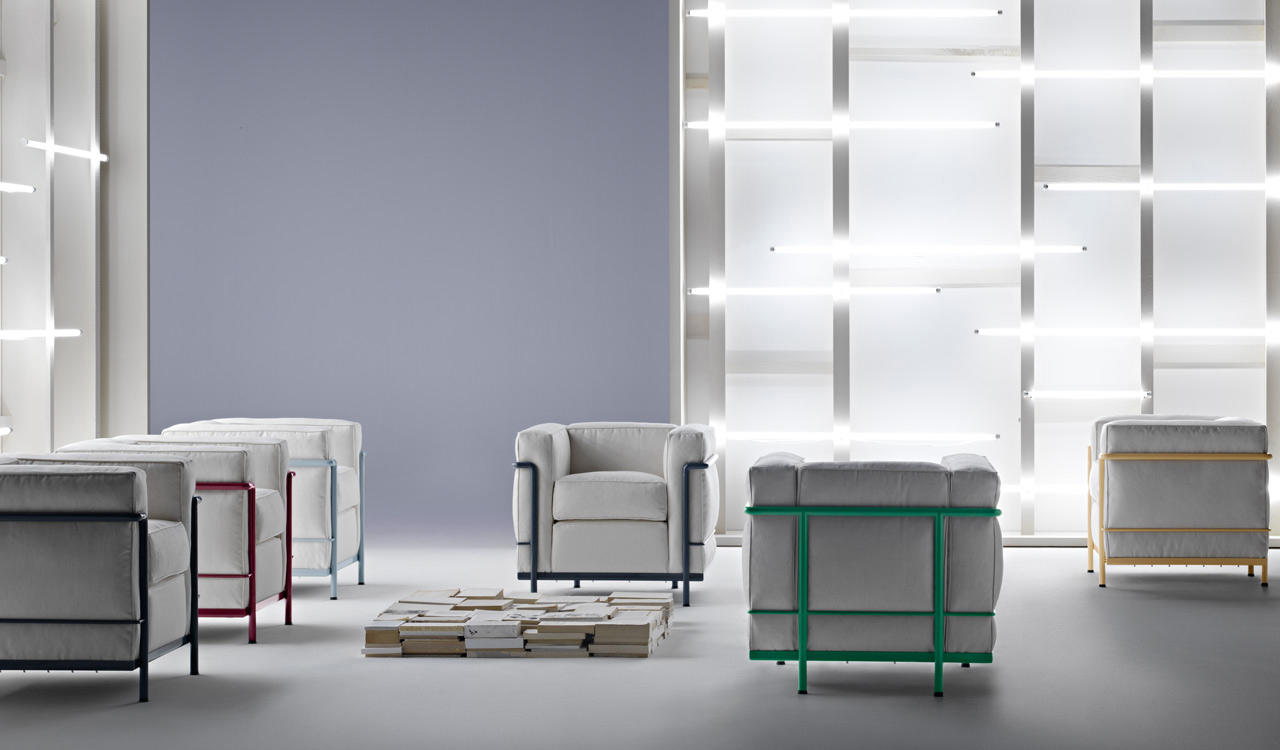
Charles & Ray Eames
1945
Vitra
LCW is an iconic design by Charles and Ray Eames that dates from the period of their early experiments with three-dimensionally moulded plywood. Charles and Ray Eames spent many years experimenting with new techniques for producing three-dimensionally moulded plywood seat shells that conformed to the contours of the human body. They achieved this with the chairs in the Plywood Group, which have matured into classics with an appearance that still looks contemporary today. For the Plywood Group, they also combined the seats and backs with different bases. Thanks to the organic shape of the plywood shells and the slightly flexible backrests, these light and compact chairs offer great comfort – also in the versions without upholstery.
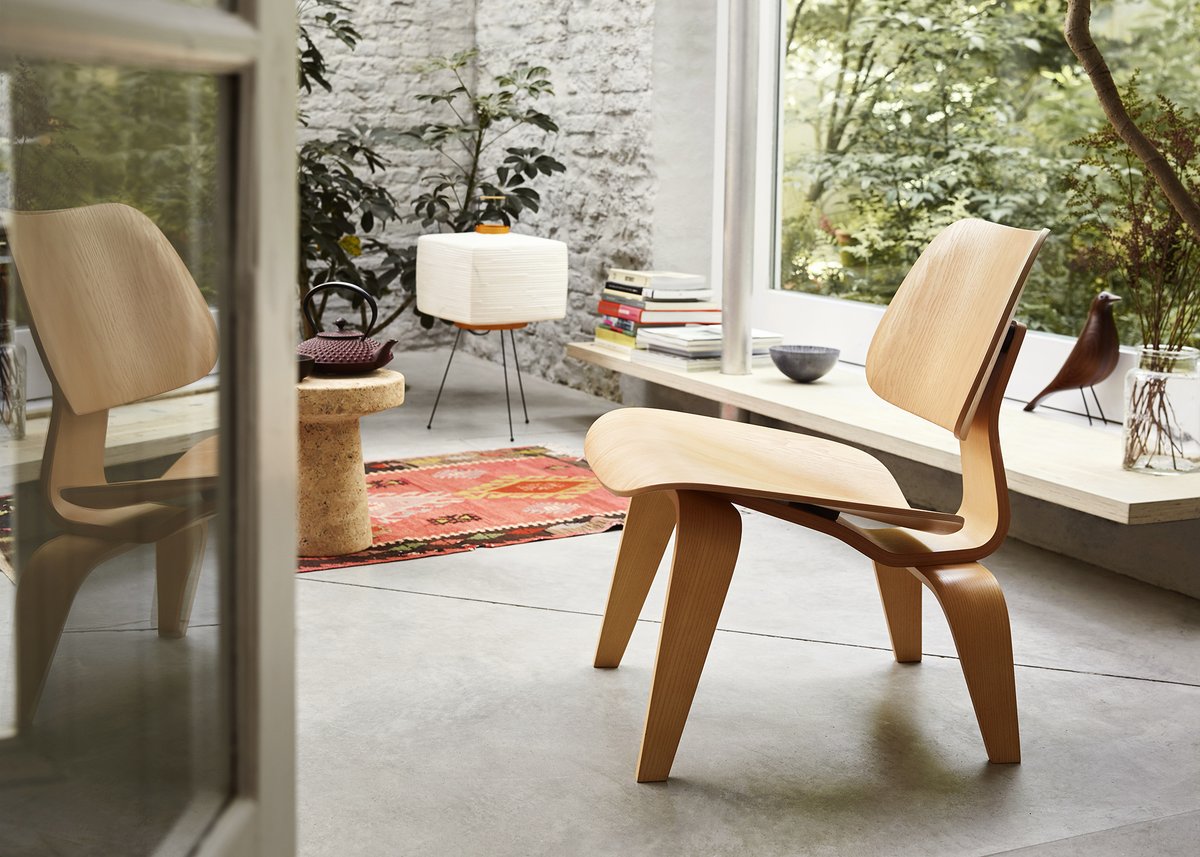
Hans J Wegner
1951
PP Møbler
The Papa Bear Chair was the first Hans J. Wegner's design to be produced at PP Møbler, and it marked the beginning of a life-long collaboration. Considered one of the most comfortable armchairs ever designed, it is an investment for life as Danish craftsmen spend at least two weeks hand-crafting each chair. With upholstery made of springs, cotton fibre, palm fibre, flax fibre and horsehair the chair will wear in rather than wear out. This chair will be softer and even more comfortable with the use that is applied to it.
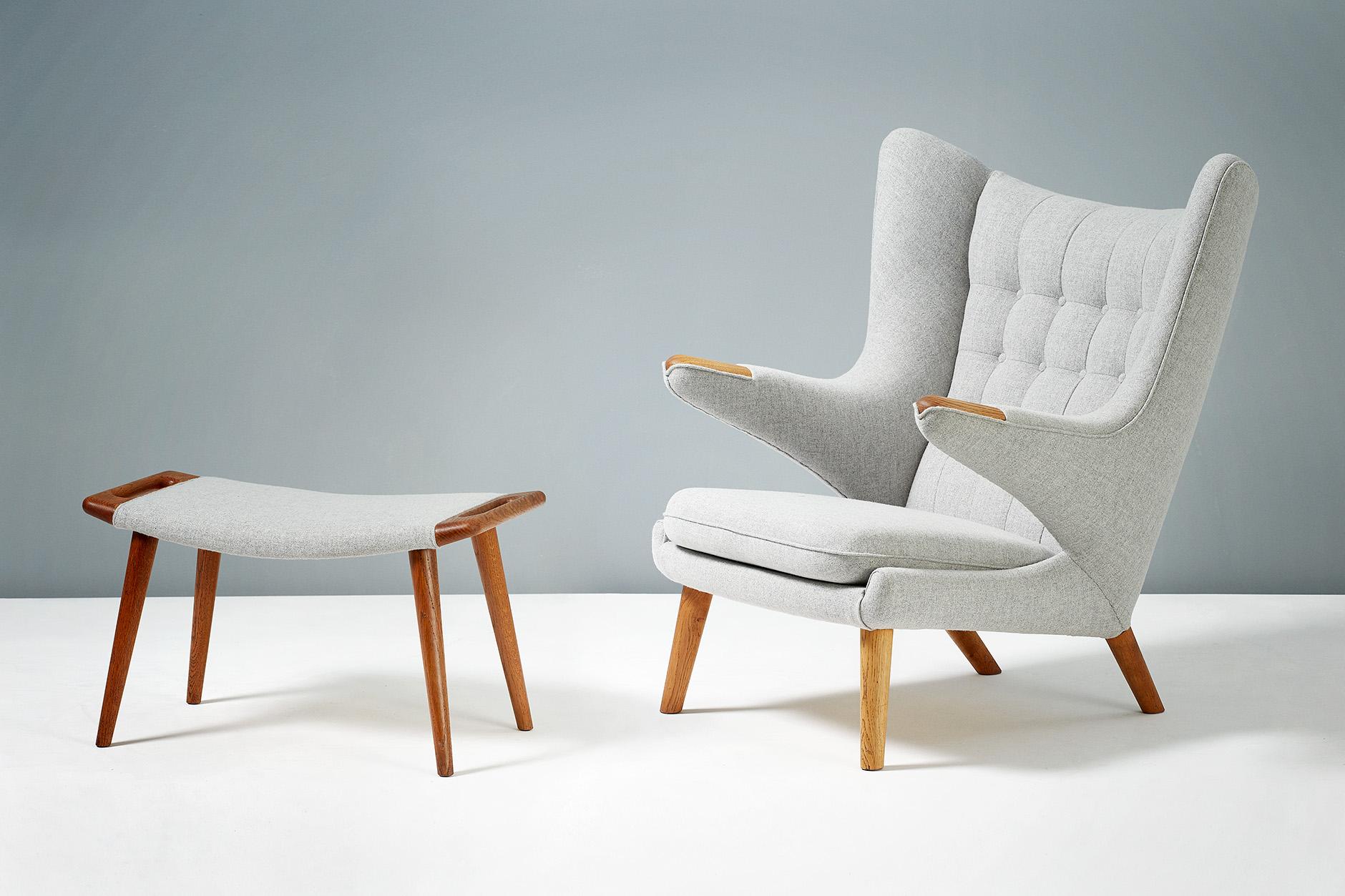
Marco Zanusso
1960
Cassina
An icon of 1950s’ Italian Design, the armchair-sofa Lady stands out for its extraordinarily contemporary construction, a symbol of innovation supreme, in terms of style, materials, and technology. In addition to being the first armchair to incorporate expanded polyurethane and foam rubber, the armchair’s seat showcased a new system of springing, using reinforced elastic straps to ensure premier comfort; meanwhile the slender, slim-line metal legs showcase the design’s lightness of touch. The structure is contained in the seat, the back, and the arms, the outcome being a veritable masterpiece of Italian furniture design excellence; so much so that Lady was awarded the Gold Medal at the IX Milan Triennale, in 1951.
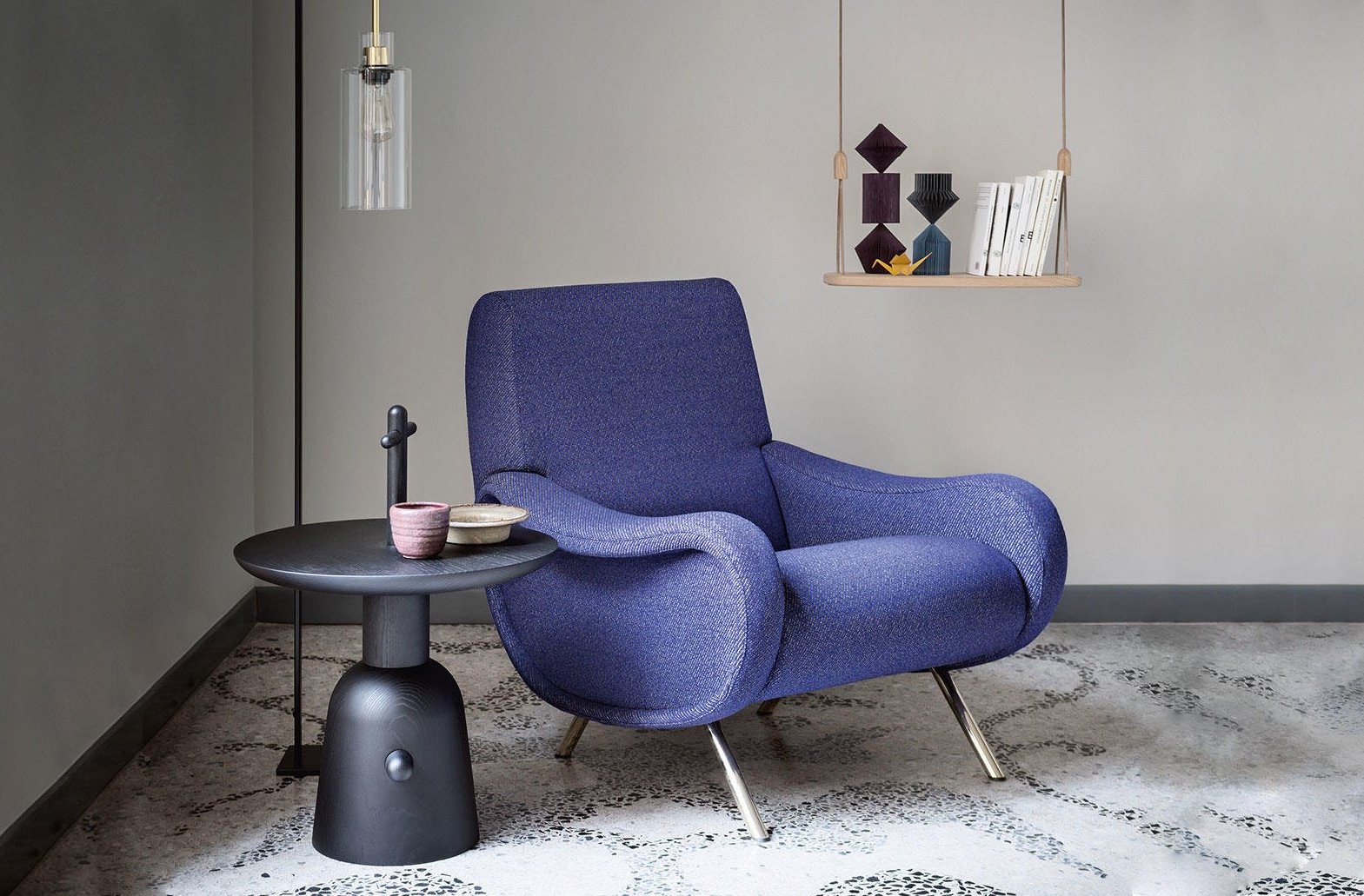
Verner Panton
1959
Vitra
Conceived by Verner Panton in 1960, the chair was developed for serial production in collaboration with Vitra in 1967. It was the first chair to be made completely out of plastic in one single piece. Since its introduction to the market, it has advanced through several production phases. Only since 1999 has it been possible to manufacture the chair in accordance with its original conception – out of durable, dyed-through plastic with a lustrous matt finish. The comfort of this chair results from the combination of a cantilever structure with an anthropomorphic shape and a slightly flexible material. The Panton Chair has received numerous international design awards and is represented in the collections of many prominent museums. Due to its expressive form, it has become an icon of the twentieth century.
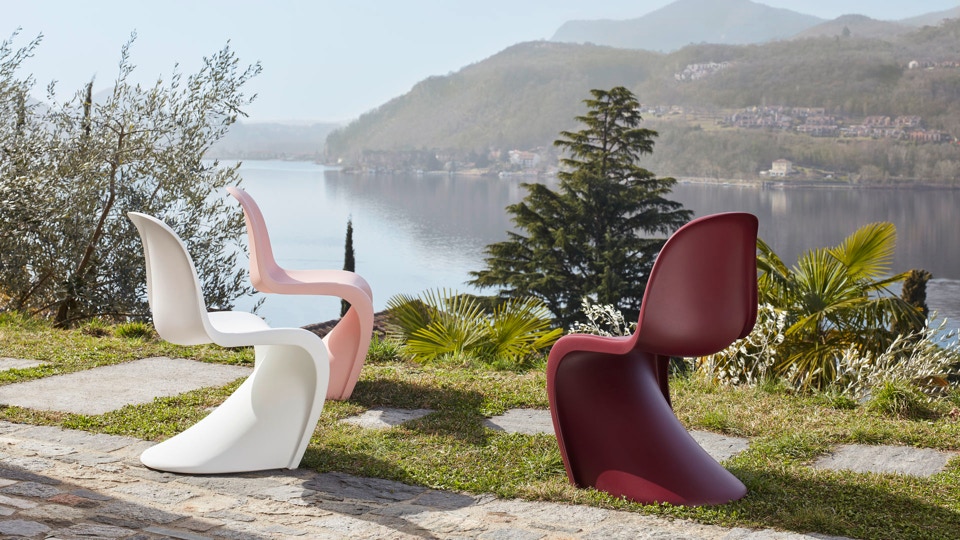
Warren Platner
1966
Knoll
Reflecting a dramatic shift in cultural values, modernism became more expressive in the 1960s. Platner felt there was an opportunity to merge the competing aesthetics of the time.
“I began to think about what I thought furniture, specifically a chair, really might be, starting with the philosophy that it isn’t going to be aggressively technological, or aggressively handicraft…I, as a designer, felt there was room for the kind of decorative, gentle, graceful kind of design that appeared in period style like Louis XV, but it could have a more rational base instead of being applied decoration…I thought why separate support from the object. Just make it all one thing. Starts at the floor and comes up and envelops me, supports me…What I wanted to achieve was a chair that, number one, was complementary to the person sitting in it, or to the person in the space between the wall and the chair — what the chair did for the person in respect to the scale of the person and the space.”
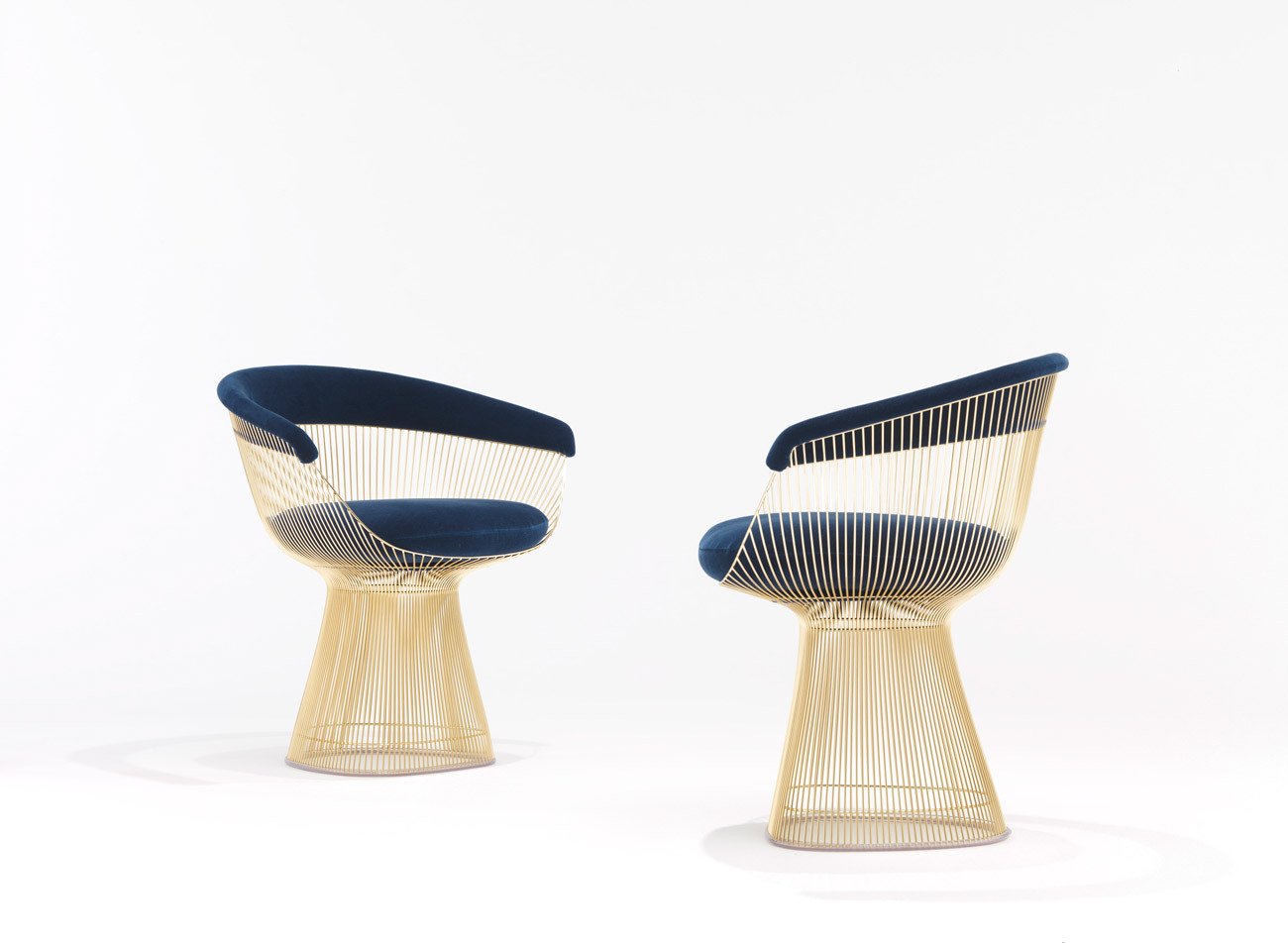
Toshiyuki Kita
1980
Cassina
The adaptable and eclectic design of Wink rises out of the complex interweaving of Western ways and Asian influences. Ergonomically correct and exquisitely versatile, Cassina’s Wink armchair cleverly unfolds into a chaise-longue. “Sitting on Wink means sitting on the floor and, when you are seated there, according to oriental tradition, your spirit rises,” explains designer Toshiyuki Kita.
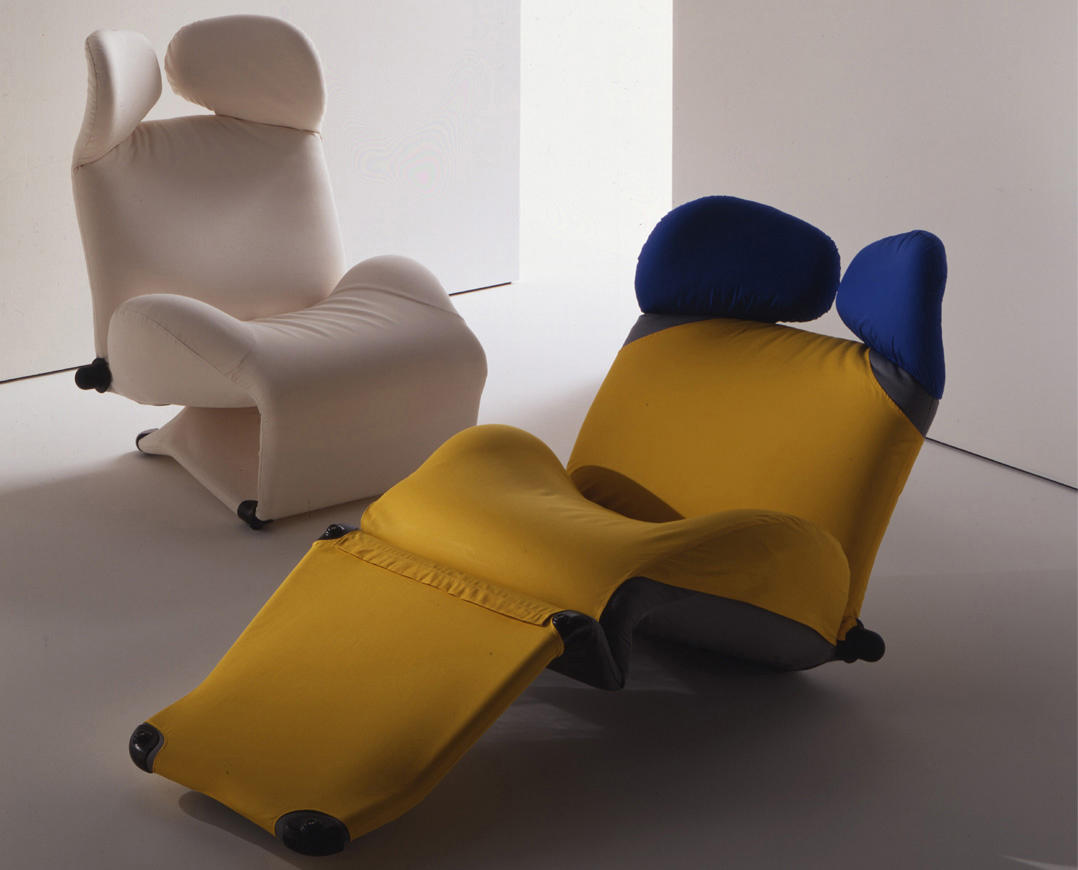
Philippe Starck
2002
Kartell
A chair inspired by the Louis XV chair, the baroque ideotype, reinterpreted by Philippe Starck to amaze, inspire and beguile. “I didnʼt really have to design the Louis Ghost chair, because it is part of our western shared memory. It basically designed itself. Itʼs a "Louis something", we donʼt know what, but everyone recognises it and it looks familiar. Itʼs here when you want to see it, and you can mix it if you want to be discreet. It's on the verge of disappearing, dematerialising. Like everything that is produced by our civilisation,” designer explains. Despite its evanescent and crystalline image, Louis Ghost is stable and strong, collision-proof and capable of withstanding the effects of the weather.
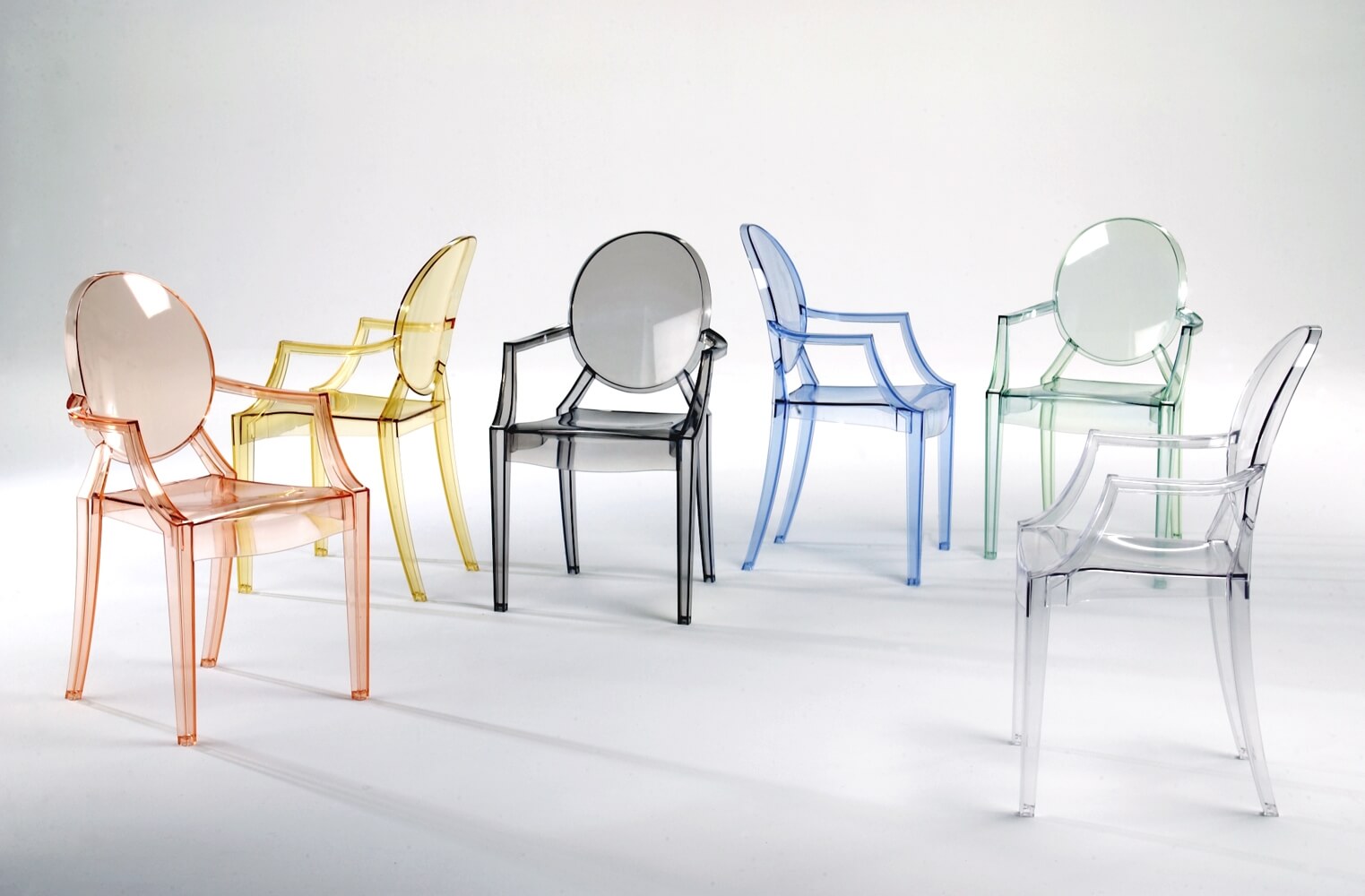
Konstantin Grcic
2003
Magis
A die-cast aluminium shell made up of many small, perforated and triangular faces. Chair_One is in a certain sense built like a football, i.e. with a series of flat elements joined one to the other at angles to create a three-dimensional shape. All this is achieved by exploiting the potential of die-casting which is a precise technology allowing complex three-dimensional shapes to be obtained from metal (in this case aluminium). The result is therefore a chair in which the spaces prevail over the solid parts to characterise its aesthetic quality. Chair_One has now become a classic of the future.
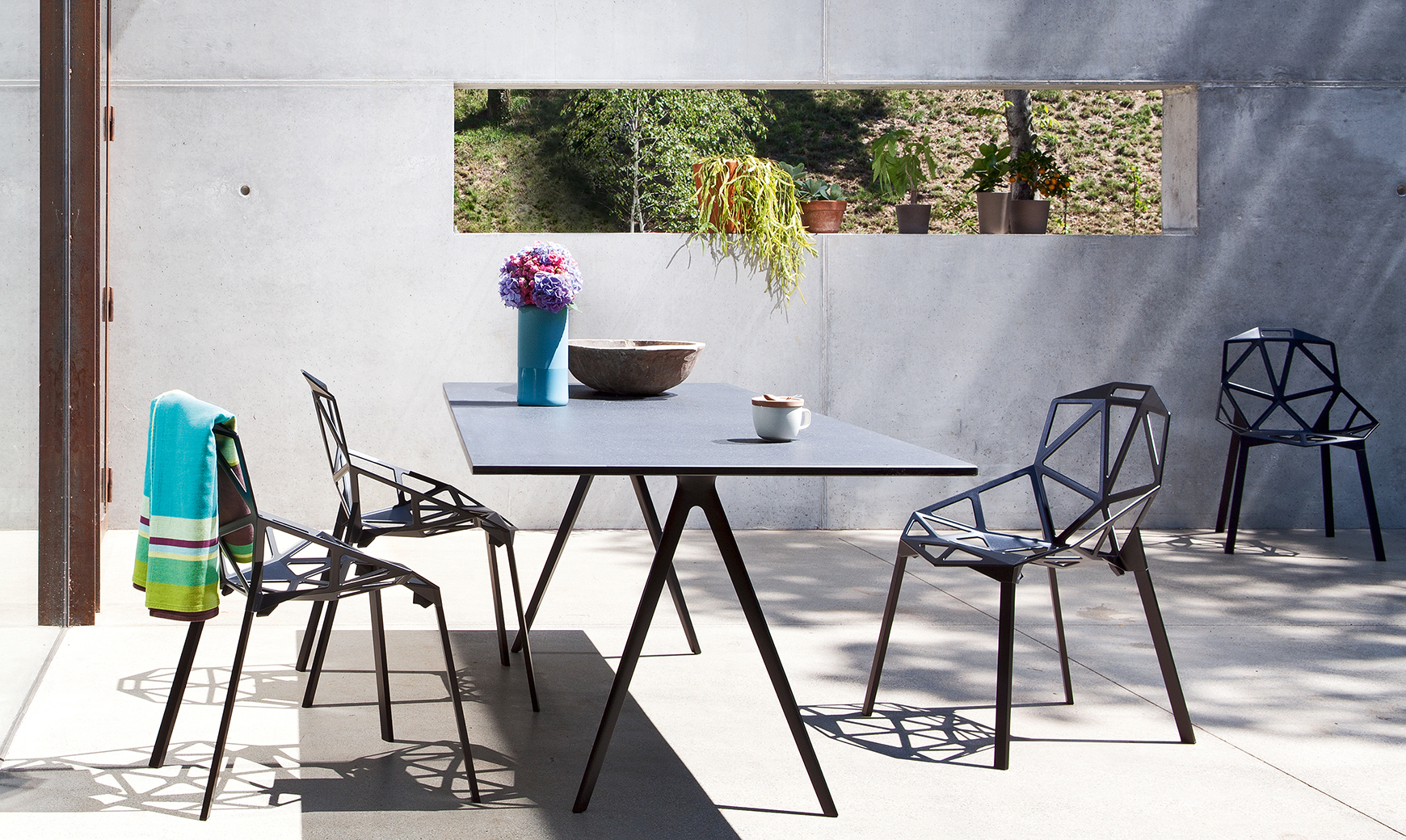
Faye Toogood
2018
The Roly Poly embodies the concepts of both furniture and sculpture. The characteristic of the monobloc chair is the bowl shape of the seat, rounded and welcoming, with cylindrical legs and delicately linear shapes that give it a reassuring and massive look. The Roly Poly chair will undoubtedly become one of these most iconic interior items of the decade. This postmodern design can be seen everywhere – in fashionable boutiques, Instagram interiors and the collections of art museums.
